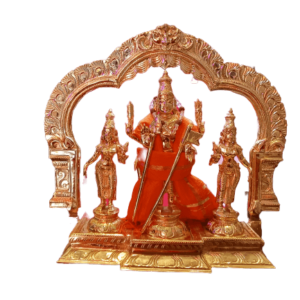RM380.00 – RM1,500.00Price range: RM380.00 through RM1,500.00
Elevate your spiritual space with our pyramid-inspired artifacts. Explore the use of pyramids in modern Hindu prayer practices, enhancing your meditation and spiritual journey.
The usage of pyramids in Hindu prayers is not a traditional or widely recognized practice in Hinduism. Hindu religious practices primarily involve the worship of deities, the recitation of sacred texts, meditation, and rituals performed at temples or home shrines. However, in recent times, some individuals and spiritual groups have incorporated the use of pyramids as a symbol of spirituality and energy enhancement. Here are a few potential ways in which pyramids might be used in this context:
It’s important to note that the use of pyramids in Hindu prayers is not a standard or widely recognized practice within the religion. If you are considering using pyramids in your spiritual practices, it’s essential to do so with a clear understanding of your personal beliefs and intentions and to consult with knowledgeable practitioners or spiritual guides. Always remember that Hindu religious practices are diverse, and there is no one-size-fits-all approach.
| Weight | 1 kg |
|---|---|
| Dimensions | 15 × 15 × 15 cm |
| Size | 3.5 Inch, 10 Inch |




BUSINESS HOURS
Sales: Mon-Sun 10:00am – 18:00pm
Reviews
There are no reviews yet.